Is Smoked Paprika Bad for You? A Spicy Truth Revealed!
Table of Contents
- What Is Smoked Paprika, Anyway?
- Nutritional Breakdown of Smoked Paprika
- The Pros and (Possible) Cons of Eating Smoked Paprika
- The Smoke Factor: Does It Harm Your Health?
- How Much Is Too Much? Recommended Intake
- Spice Up Your Life: Creative Ways to Use Smoked Paprika
- Myth Busting: Common Misconceptions About Smoked Paprika
- The Final Verdict: Is Smoked Paprika Good or Bad for You?
What Is Smoked Paprika, Anyway?
If you’ve ever opened a jar of smoked paprika and been hit with that earthy, barbecue-like scent, you might have wondered where that distinct flavor comes from.
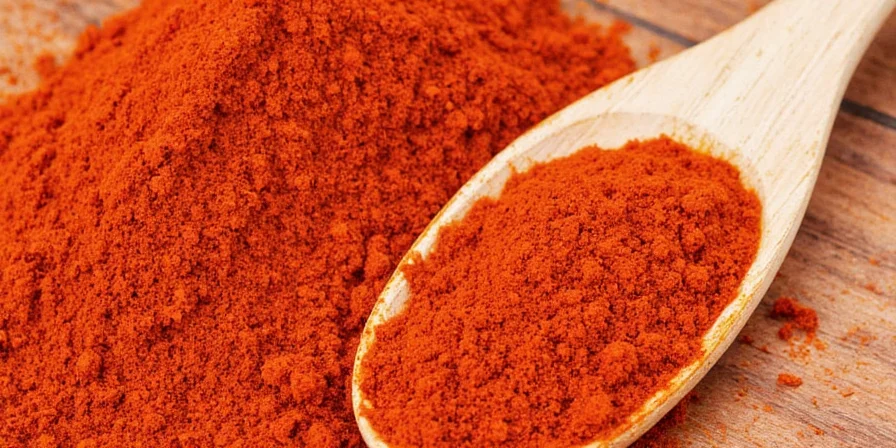
Smoked paprika, or “pimentón” as it’s known in Spain, is made by drying and grinding peppers (typically sweet or hot varieties of Capsicum annuum) that are smoked over oak or other hardwoods during the drying process. This slow smoking gives the spice its signature depth of flavor.
Differences Between Regular and Smoked Paprika
| Feature | Regular Paprika | Smoked Paprika |
|---|---|---|
| Making Process | Sun-dried or air-dried | Slow-smoked over wood |
| Flavor Profile | Sweet, mild, slightly peppery | Earthy, woody, deep smoke notes |
| Nutrient Retention | Higher vitamin C due to less heat exposure | Rich in antioxidants, some vitamin loss possible |
Nutritional Breakdown of Smoked Paprika
Let’s take a closer look at what’s inside this ruby-red spice:
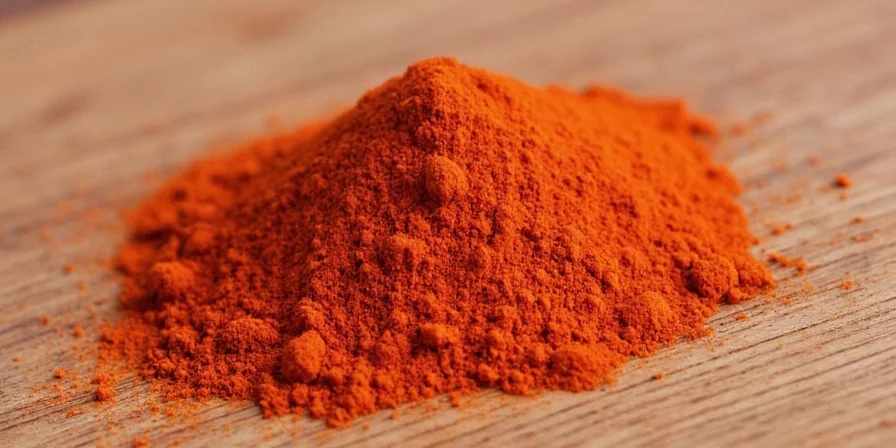
- Vitamins: High in vitamin A, beta-carotene, and vitamin E; moderate in B vitamins.
- Antioxidants: Packed with capsaicinoids and carotenoids that fight free radicals.
- Fiber: Contains trace dietary fiber that supports digestion.
- Low in Calories: Only about 6 calories per teaspoon, making it a guilt-free flavor booster.
The Pros and (Possible) Cons of Eating Smoked Paprika
So is smoked paprika good or bad for your health? Here’s the breakdown:
Pros of Smoked Paprika
- Packs Antioxidant Power: Fights oxidative stress and inflammation.
- May Aid Digestion: Capsaicin can stimulate digestive enzymes.
- Flavor Without Fat: Enhances taste without adding salt or oil.
- Heart-Friendly: Some studies suggest capsaicin may help lower cholesterol levels.
Possible Cons
- Polycyclic Aromatic Hydrocarbons (PAHs): Smoked foods can contain PAHs, which are potentially carcinogenic compounds formed during the smoking process.
- Overconsumption Risk: Too much capsaicin can irritate the stomach lining in sensitive individuals.
- Allergic Reactions: Rare but possible skin irritation or oral discomfort in those allergic to nightshades.
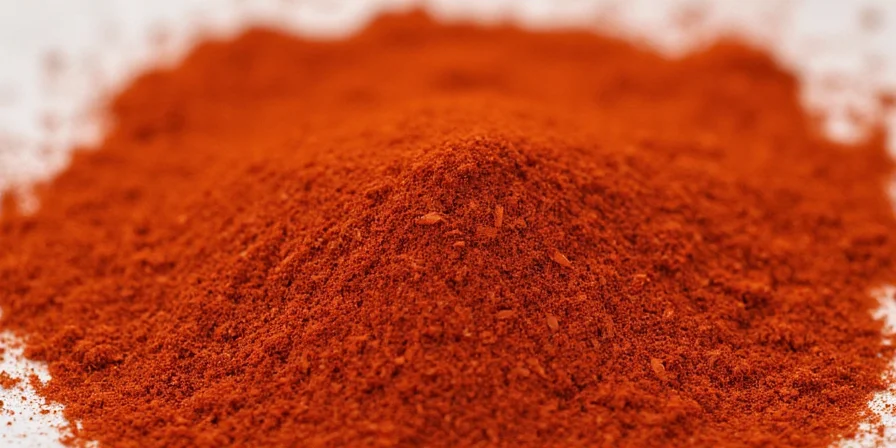
The Smoke Factor: Does It Harm Your Health?
This is the big question. While smoked paprika does come from a smoking process, most commercially produced versions follow strict food safety guidelines to minimize harmful compounds like PAHs.
Here’s how manufacturers reduce risk:
- Use indirect smoking methods that limit direct contact with smoke particles.
- Control temperature and duration of the smoking process.
- Test final products for PAH content before release.
How Much Is Too Much? Recommended Intake
You don’t eat paprika by the spoonful — and that’s a good thing! Like all spices, moderation is key.
Recommended daily intake: ½ to 1 teaspoon is enough for most recipes and safe for the average person.
If you’re someone with a sensitive gut or acid reflux issues, consider starting with smaller amounts and see how your body reacts.
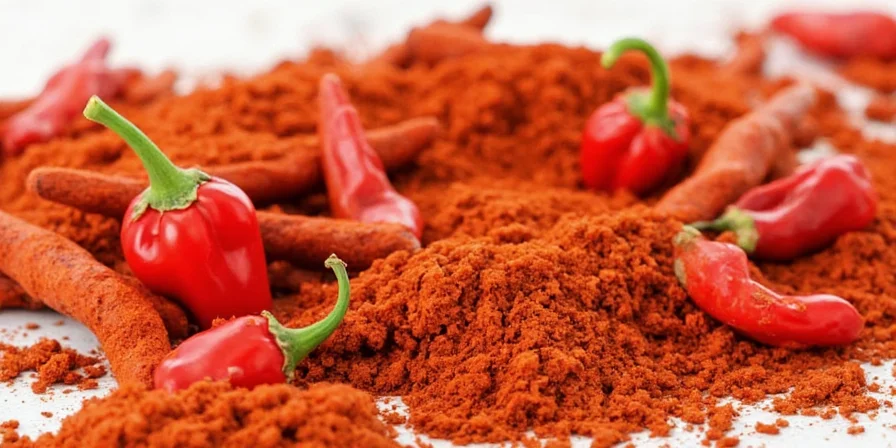
Spice Up Your Life: Creative Ways to Use Smoked Paprika
Ready to make your meals more exciting? Here are five delicious ways to use smoked paprika:
- Chili Rub: Mix with garlic powder, cumin, and olive oil for grilled meats.
- Deviled Eggs Boost: Sprinkle a pinch over the top for a smoky twist.
- Popcorn Seasoning: Toss with melted butter and smoked paprika for a gourmet snack.
- Tomato-Based Sauces: Enhance marinara or chili sauces with a rich depth of flavor.
- Vegetable Roasting: Coat carrots, potatoes, or cauliflower before roasting for extra flair.
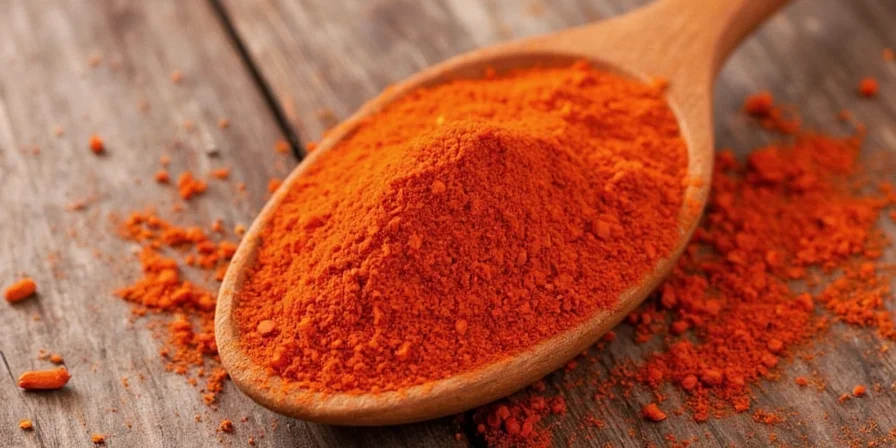
Myth Busting: Common Misconceptions About Smoked Paprika
Let’s clear up some confusion:
- Myth: Smoked paprika contains added preservatives.
Reality: Pure smoked paprika doesn’t need any extras — it’s naturally shelf-stable. - Myth: All smoked paprika is spicy.
Reality: Most varieties are sweet or mild; check labels if you're sensitive to heat. - Myth: The smoke comes from artificial flavoring.
Reality: Authentic smoked paprika gets its flavor from real wood-smoking techniques.
The Final Verdict: Is Smoked Paprika Good or Bad for You?
In short: No, smoked paprika is not bad for you — when used in typical culinary amounts. In fact, it’s quite the opposite. It brings antioxidant-rich flavor to your meals, boosts taste without adding fat or sugar, and is generally considered safe by food experts.
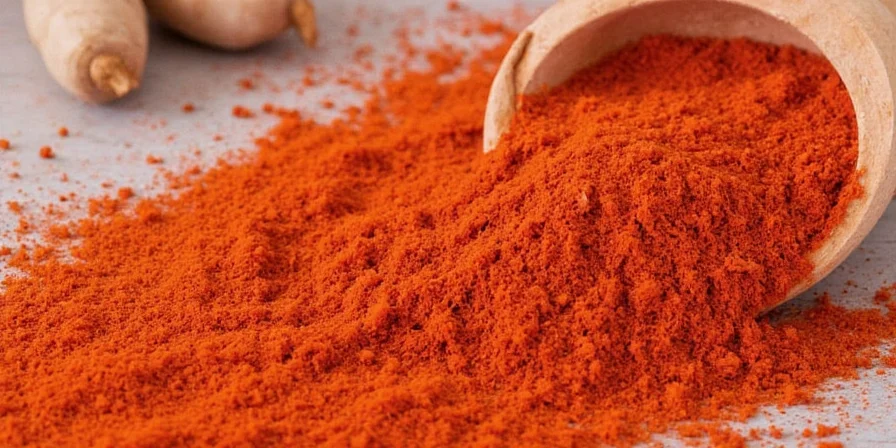
However, if you’re concerned about potential PAH exposure or have sensitivities to spicy foods, opt for high-quality brands that test their products rigorously. And remember, balance is key — even the best things in life should be enjoyed in moderation.
Summary Table: Smoked Paprika at a Glance
| Category | Details |
|---|---|
| Origin | Spain, traditionally; now used worldwide |
| Flavor | Smoky, earthy, slightly sweet or spicy |
| Calories per tsp | ~6 kcal |
| Health Benefits | Antioxidants, anti-inflammatory properties |
| Potential Concerns | PAH exposure (minimal in commercial products) |
Conclusion
So the next time you reach for that jar of smoked paprika, rest assured knowing it’s more ally than enemy in your kitchen. With its rich flavor, low calorie count, and array of antioxidants, smoked paprika deserves a prime spot on your spice rack — just use it wisely and savor every smoky bite.

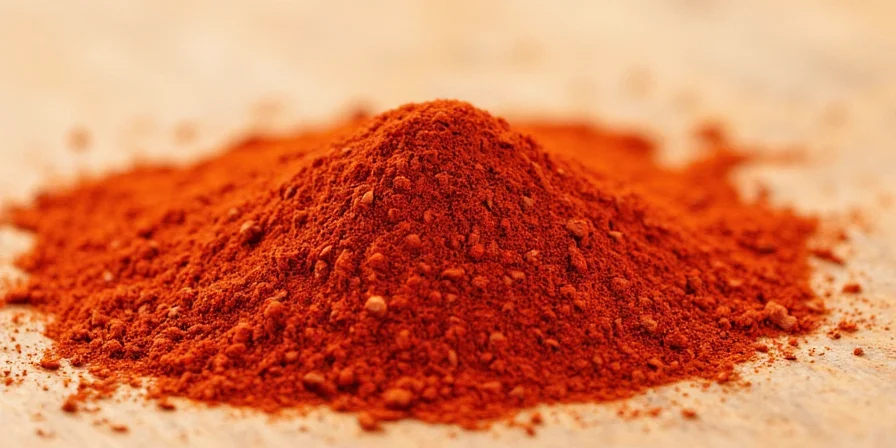









 浙公网安备
33010002000092号
浙公网安备
33010002000092号 浙B2-20120091-4
浙B2-20120091-4